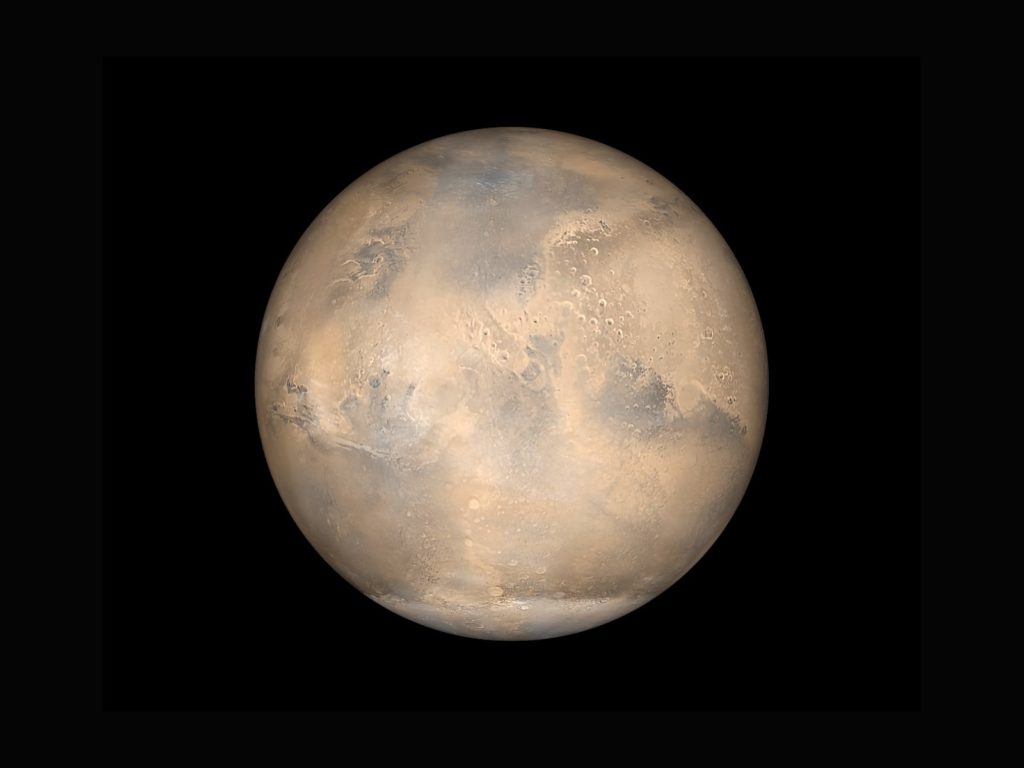Venus is one of the closest planets to Earth, but that doesn’t make it any easier to study.

That’s because the whole planet is covered with a dense atmosphere that obscures the surface below. When you add on the fact that, thanks to an intense greenhouse effect, the surface is red hot and that the atmosphere itself makes probes and exploration otherwise difficult and you’ve got one heck of a planet to study.
Luckily for us, NASA is undaunted by any of this hence why their Parker Solar Probe just returned some of the best pictures of Venus’ surface in visible light to date.
First, historically speaking, Venus and its surface were explored by the Soviet Union with their Venera landers – a scientific feat both then and now. You can check out the pictures those probes took before they melted. Again, imagine landing a sophisticated camera on the equivalent of an oven’s interior and taking competent, even beautiful, photographs.
Thanks to modern technology, we don’t have to launch a probe through the thick fog of Venus’ atmosphere to certain death below; we can just take these pictures from the sky instead.
To do this, Parker Solar Probe used its Wide-Field Imager, or WISPR, technology, capturing light invisible to the human eye down to the infrared spectrum. Since the surface is so hot it glows (Venus is some 800 degrees even at night), this method proved to be more than sufficient.
“We’re thrilled with the science insights Parker Solar Probe has provided thus far…Parker continues to outperform our expectations, and we are excited that these novel observations taken during our gravity assist maneuver can help advance Venus research in unexpected ways,” Division director for the Heliophysics Division at NASA Headquarters Nicole Fox commented.
This isn’t the last we’ve seen of Venus, either. NASA has a bevy of missions planned to help us further understand the planet with one performing an even more detailed analysis of the surface.
If you have any thoughts on the Parker Solar Probe and its shots of Venus, let us know in the comments below.
Check out some other photography news on Light Stalking at this link right here.
[NASA]




